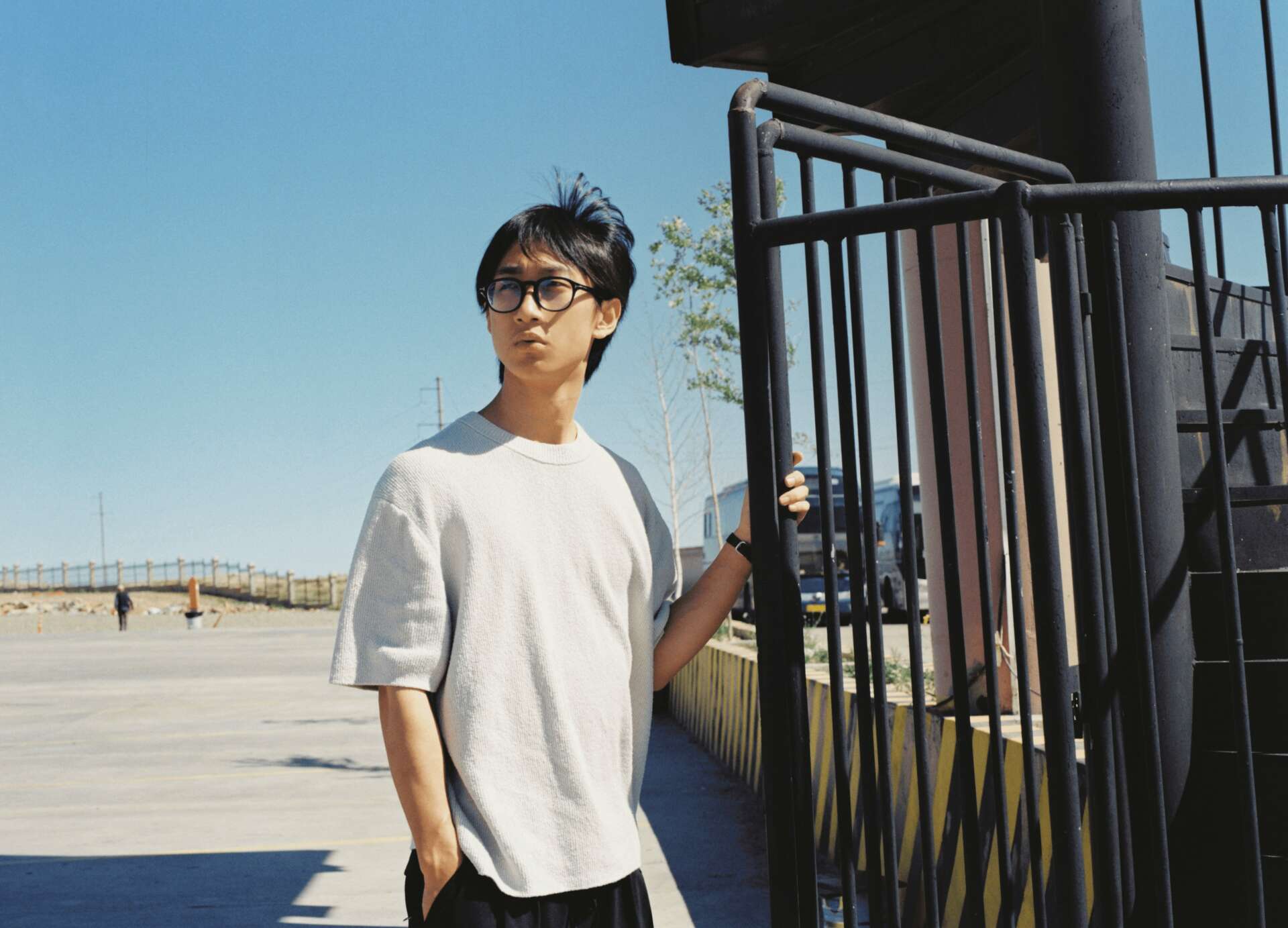Alright – so today we’ve got the honor of introducing you to Yi Sun. We think you’ll enjoy our conversation, we’ve shared it below.
Yi, looking forward to hearing all of your stories today. Are you happy as a creative professional? Do you sometimes wonder what it would be like to work for someone else?
I find it happier as an artist because art has a unique power to connect the world. It transcends cultures, languages, and borders, serving as the purest form of nonverbal communication. This allows for complete independence of expression. In contrast, roles in creative industries, such as creative directors for video content, require navigating audience taste and commercial demands, often resulting in compromised output.
I do have considered taking on a regular job due to the inevitable financial instability faced by artists. This reflection was sparked by a conversation with my father, a project management expert who is highly skilled at managing resources and timing in his company. Typically reserved, focused on his work, and somewhat authoritarian, my father frequently expresses concern about my ability to find sustainable work in the art industry after graduation. During one summer break, we had a candid conversation in our garden over tea, he questioned me intensely, almost like a boss, about how I planned to commercialize my artwork and sustain my art career. At that moment, I realized that achieving financial independence through art alone is incredibly challenging, particularly for someone just starting out.
Compared to stable professions like law, medicine, or finance, the artist’s path is arduous and often lacks clear upward mobility. Artistic success is complex and sometimes seems absurd, making stable income nearly impossible. An independent artist must handle everything from costs, logistics, and exhibition to networking and commercialization, which is as demanding as running a one-person startup. For those who haven’t figured out, like myself, a regular job becomes unavoidable, even if it involves repetitive and mundane tasks. Yet, I believe that even having to take a regular job, one can still pursue and enjoy the passion for creating art since art can be a way of life, and engaging in regular work does not conflict with a love for artistic creation.
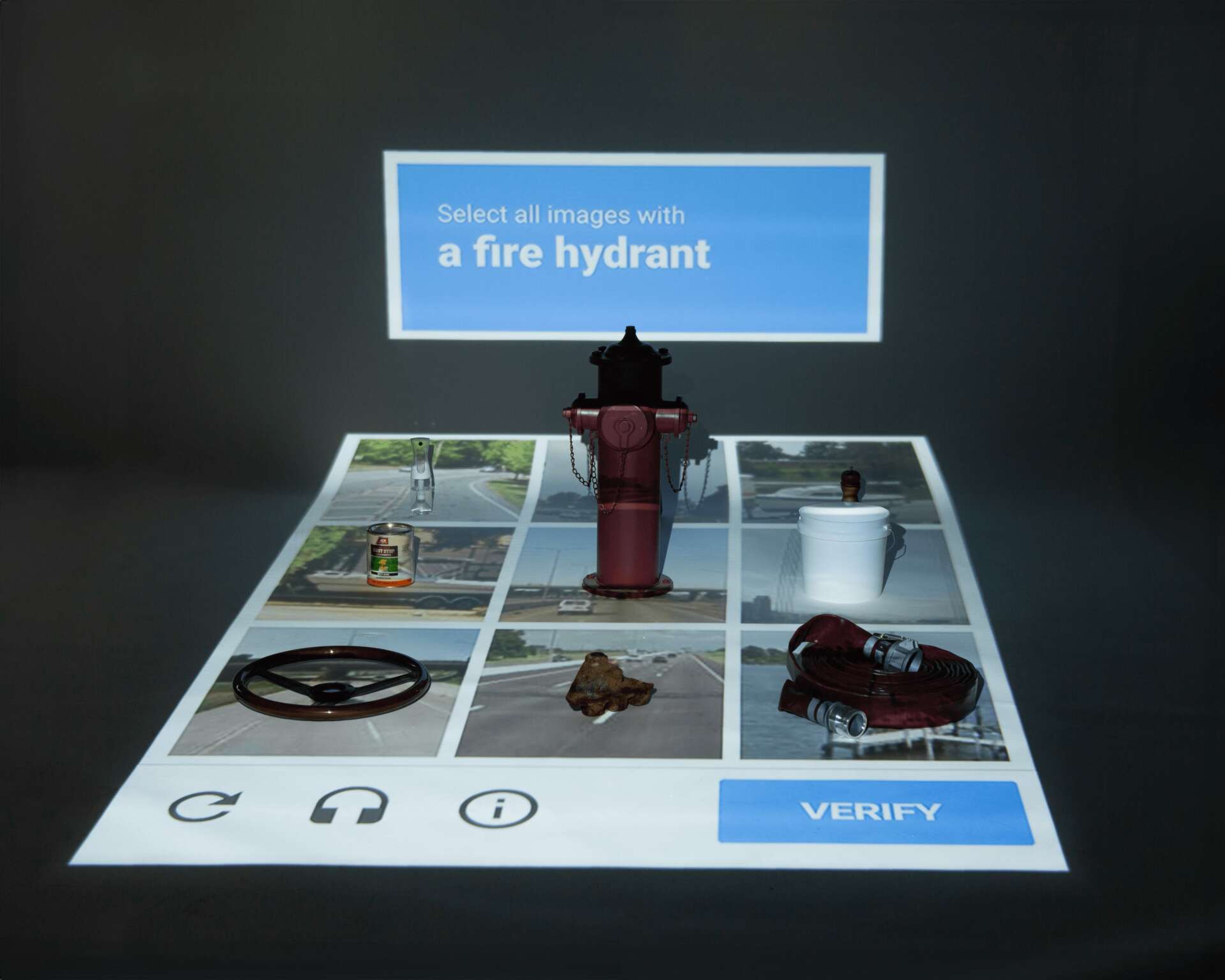

Awesome – so before we get into the rest of our questions, can you briefly introduce yourself to our readers.
My name is Yi Sun, and I come from a quiet, small city in Suzhou, China. I am a sculptor and currently an undergraduate student at the School of the Art Institute of Chicago (SAIC), pursuing a BFA degree. My interest in art began with my early love for painting and drawing. I studied it for years, which helped me develop a strong sense of form and spatial thinking. As I continued my studies at SAIC, exploring various disciplines, I discovered a deeper attraction to creating three-dimensional works. I believe this medium offers a richer potential for creativity. For me, art must interact with the senses to truly communicate with people, and three-dimensional sculpture is uniquely capable of this engagement.
Installation art is my primary form of artistic expression. I specialize in capturing and transforming overlooked visual experiences from urban life, recomposing them in gallery spaces to create new dialogues with the audience. My experiences living in cities and my keen observation of the details of everyday life are my main sources of inspiration. I see these elements as a relentless record and reflection of reality. I excel at understanding and interpreting the unique atmosphere of a place, creating works that revolve around it. My art frequently incorporates ready-made objects and adopts a modern visual style, which gives my pieces a distinctive industrial quality. I adhere to first principles thinking, focusing on simplifying and integrating the essence of my expression, which lends my work a clear, minimal, and industrial character.
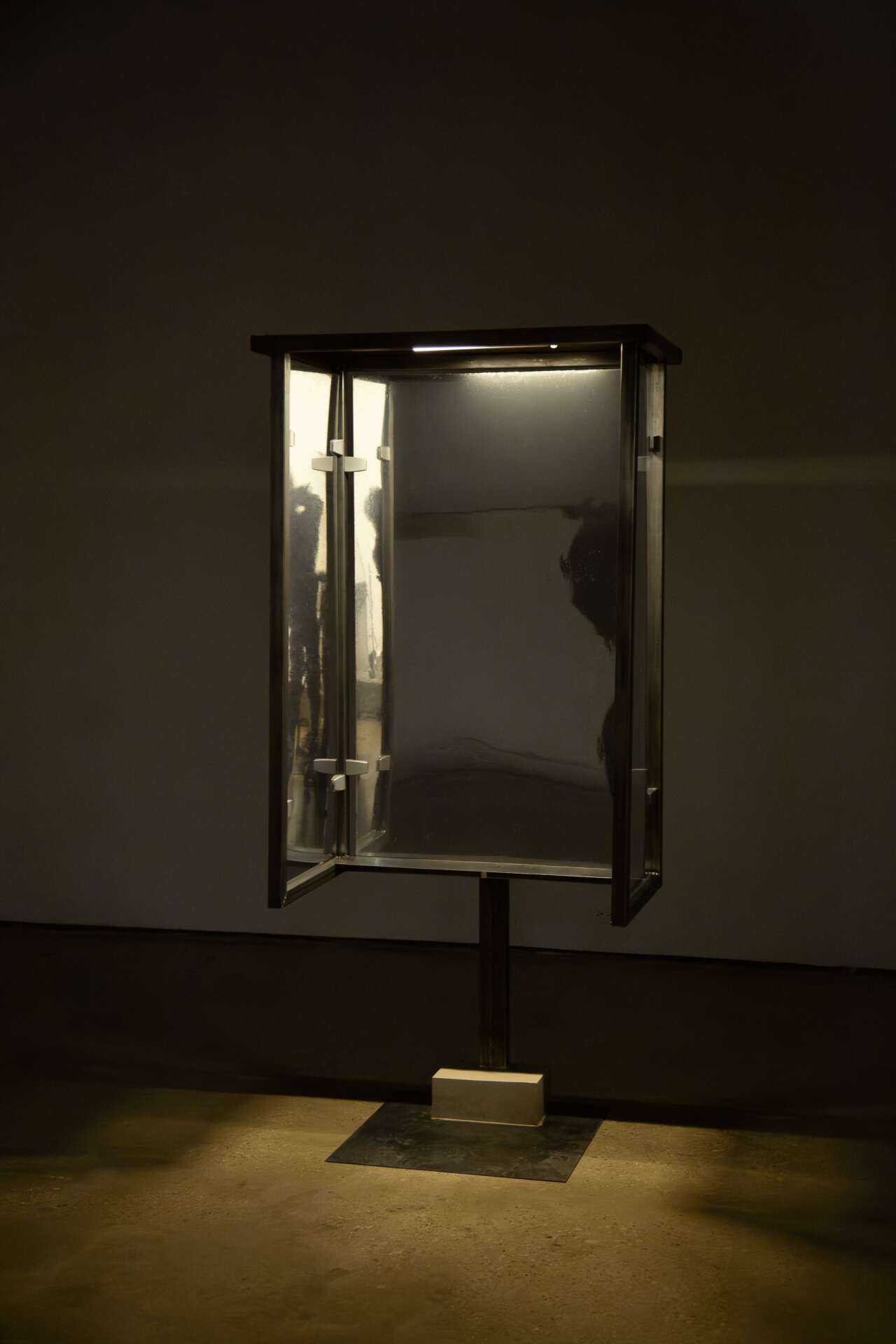
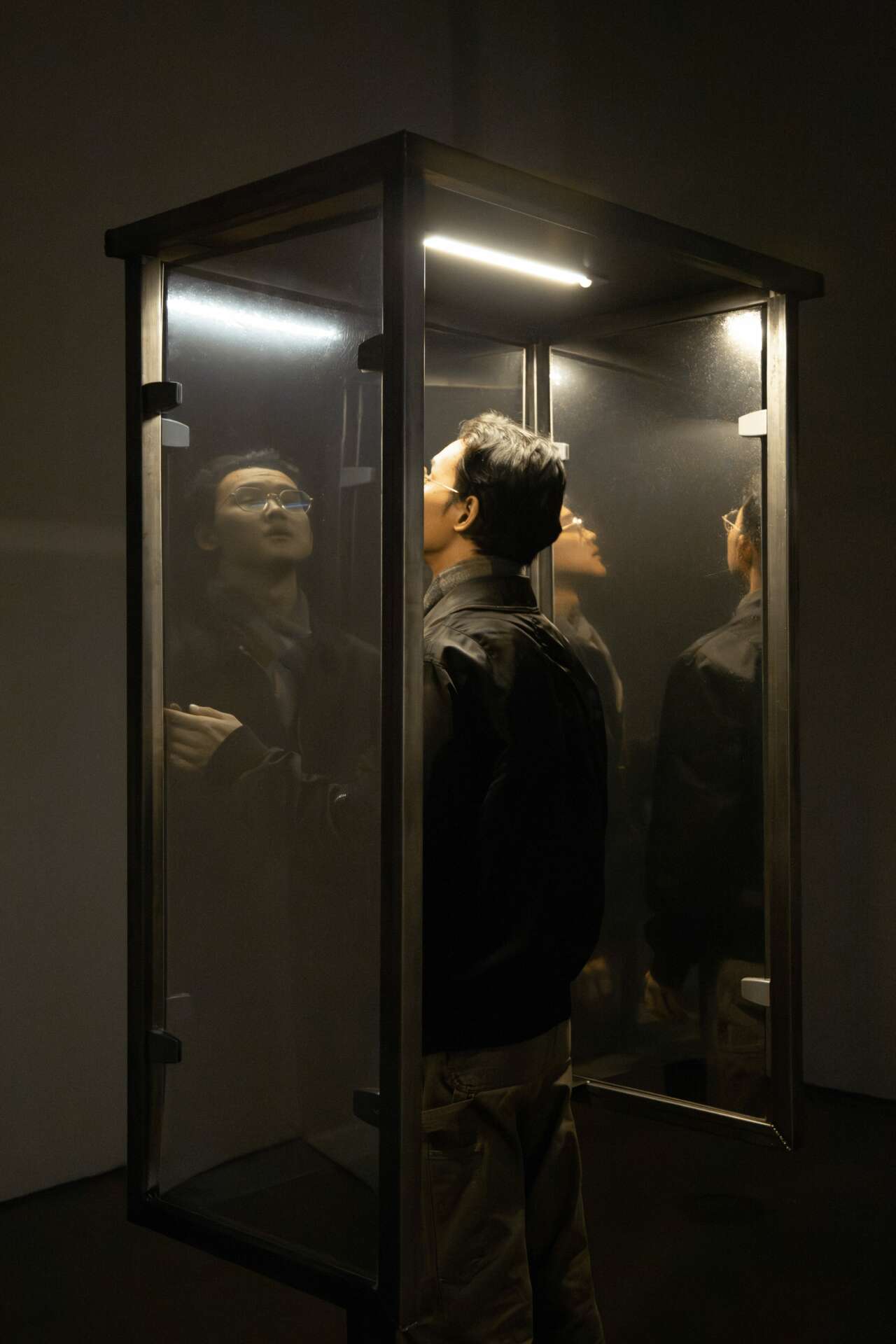
We’d love to hear your thoughts on NFTs. (Note: this is for education/entertainment purposes only, readers should not construe this as advice)
I believe that NFTs leverage the advantages of the internet’s low-cost distribution channels exceptionally well. This allows artists’ works to reach the market directly. Rooted in blockchain technology, NFTs ensure the uniqueness of each piece, lowering the barriers to entry for collectors and encouraging art consumption. The financial support that comes from this can significantly boost an artist’s creative enthusiasm.
However, when examining the concept of NFTs more deeply, I find it difficult to regard them as an authentic art form. The uniqueness of NFT works bears a resemblance to the “aura” described by Walter Benjamin in the last century, but this similarity is perplexing. On one hand, Benjamin noted that the “aura” of art diminishes in the context of mechanical reproduction. For the many similar computer-generated images in the NFT manner, this new “aura” seems no different from a product’s serial number and does little to make the work itself unique. On the other hand, the uniqueness provided by blockchain is achieved through computer code, rather than being naturally inherent as in traditional art. Imposing this type of uniqueness artificially can actually undermine its significance.
Because NFTs typically lack a physical presence and exist solely as visual simulations in the digital realm, these artworks experience significant constraints in terms of experiential and sensory engagement (currently, they can only simulate visual and auditory experiences). Therefore, their creative potential is not as rich as that of works that can be physically experienced in the real world, and their uniqueness often lacks substantial support.
Moreover, the financial attributes of the NFT market are so dominant that they compress the artistic qualities, leading buyers to engage in battles over the color schemes of similar avatars instead of genuinely appreciating the art itself. For artists, the value of NFTs lies more in the security they provide as a mechanism for asset protection, rather than merely being a tool for market speculation. Most importantly, as reproducible art commodities, NFTs inevitably raise ontological and epistemological questions about art: What is the true value of art? What defines good art? Can the price of an NFT genuinely reflect its intrinsic value?
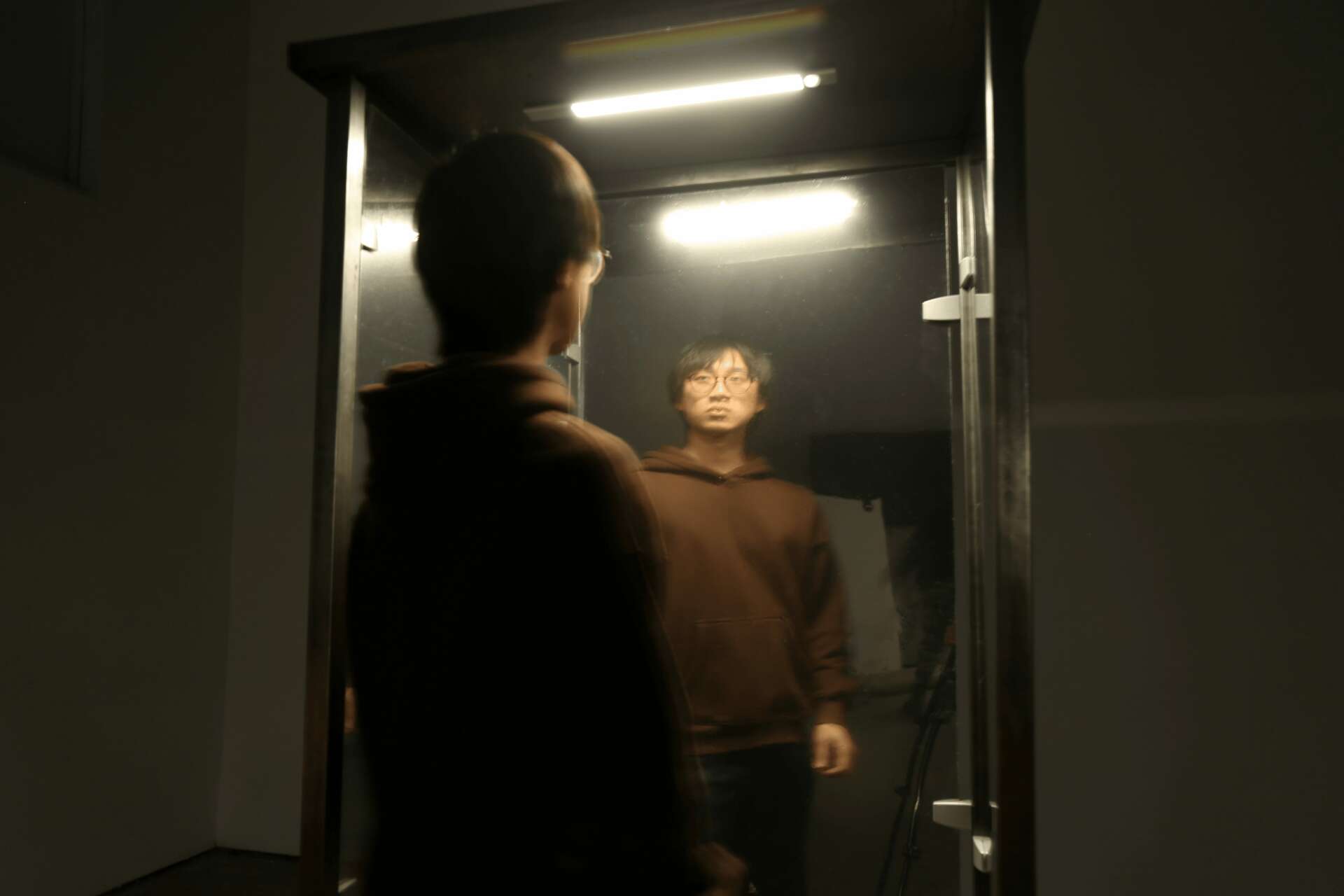

Is there mission driving your creative journey?
I believe my goal or mission as an artist is highly idealistic and common. I aspire for art to be a place of honest exchange and genuine connection between people. In our everyday lives, we constantly have to compromise and adapt to various circumstances, living in environments that often limit our freedom of choice, whether for better or worse. I hope that art can serve as a more primal form of expression, transcending language barriers to facilitate unencumbered spiritual communication.
By continually practicing this approach, I aim to encourage people to engage sincerely in broader discussions and creative endeavors rather than simply drifting through life consumed by constant consumption and entertainment. Through my work, I want to inspire others to break away from passive lifestyles and become active participants in the creation and discourse that art uniquely offers.
Contact Info:
- Website: https://yisun.art
- Instagram: https://yisun.art

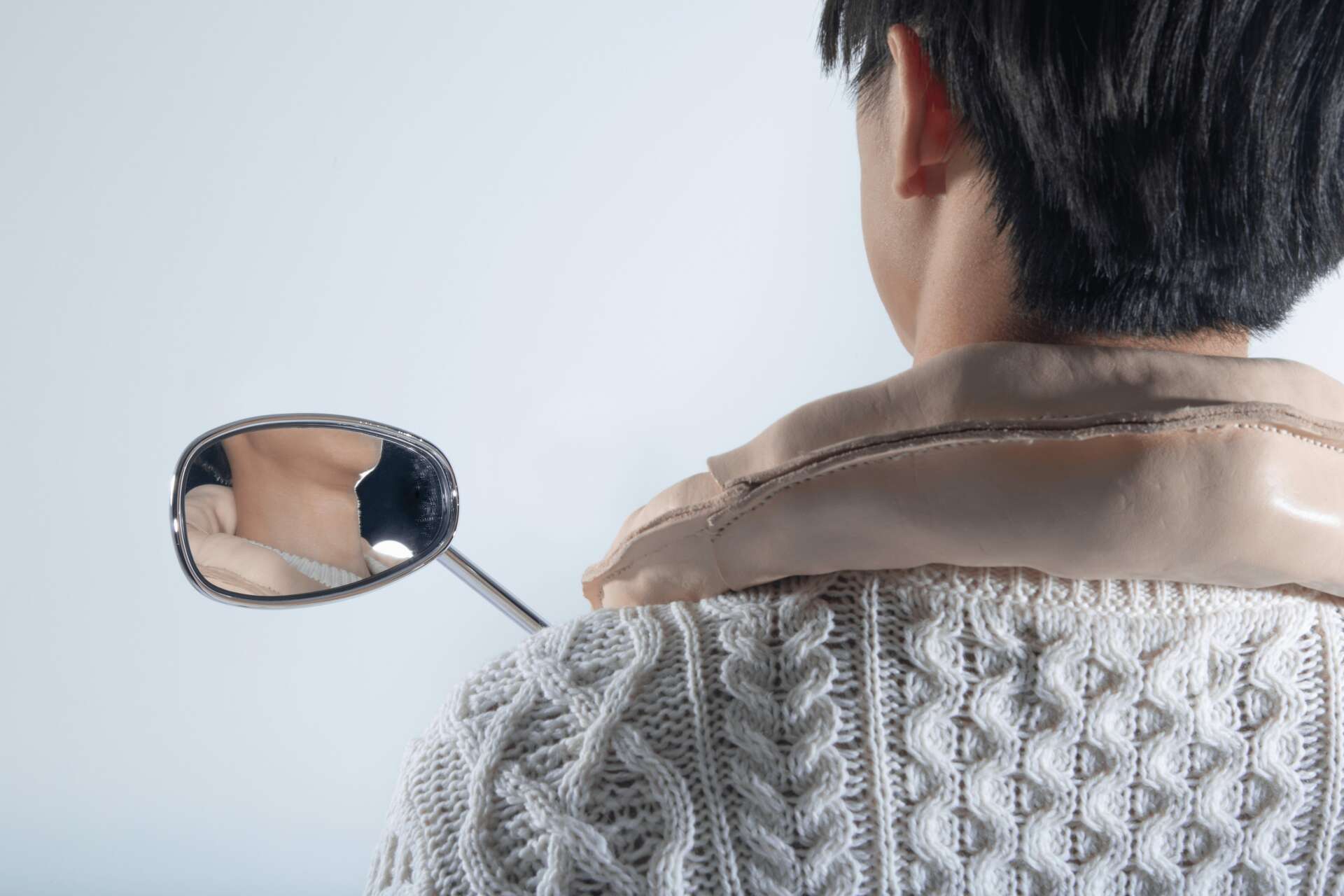
Image Credits
Nemo Chen


